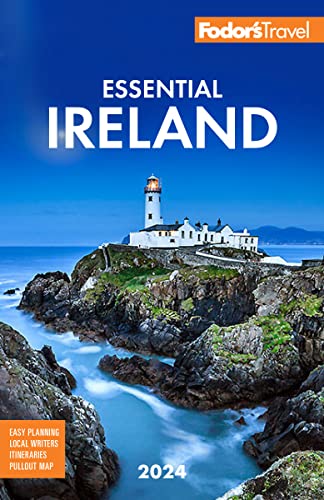With a population of about 3,000, Donegal is Northwest Ireland's largest small village—marking the entry into the back-of-the-beyond of the wilds of County Donegal. The town is centered on the triangular Diamond, where three roads converge (N56 to the west, N15 to the south and the northeast) and the mouth of the River Eske pours gently into Donegal Bay. You should have your bearings in five minutes, and seeing the historical sights takes less than an hour; if you stick around any longer, it'll probably be to do some shopping—arguably Donegal Town's top attraction.
The town of Donegal was previously known in Irish as Dún na nGall, or "fort of the foreigners." The foreigners were Vikings, who set up camp here in the 9th century to facilitate their pillaging and looting. They were driven out by the powerful O'Donnell clan (originally Cinel Conail), who made it the capital of Tyrconail, their extensive Ulster territories. Donegal was rebuilt in the early 17th century, during the plantation period, when Protestant colonists were planted on Irish property confiscated from its Catholic owners.
The Diamond, like that of many other Irish villages, dates from this period. Once a marketplace, it has a 20-foot-tall obelisk monument (1937), which honors the town monks who, before being driven out by the English in the 17th century, took the time to copy down a series of old Irish legends in what they called The Annals of the Four Masters.




